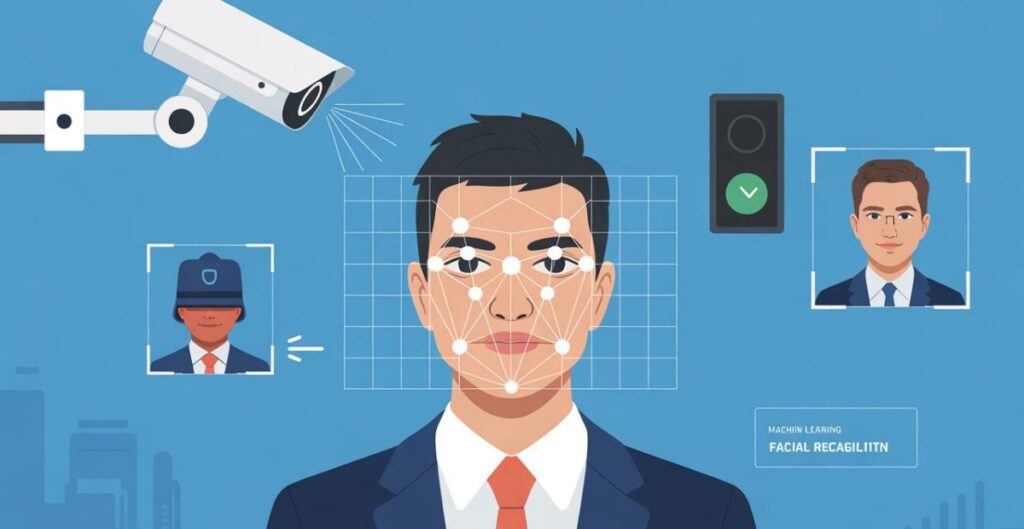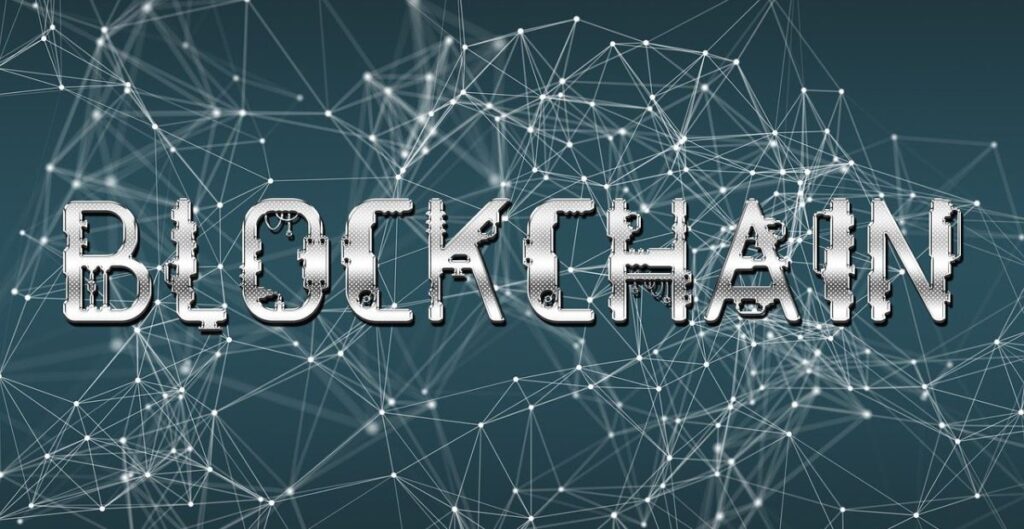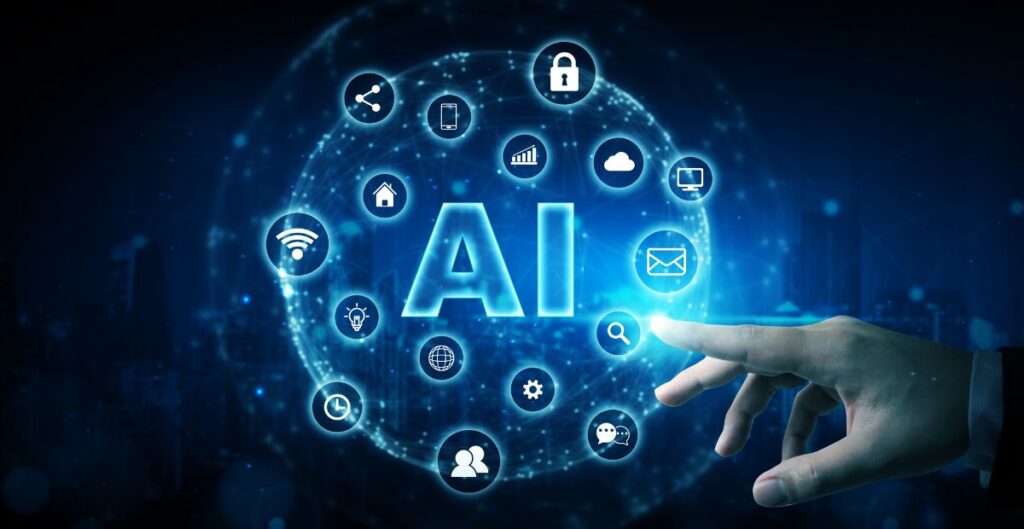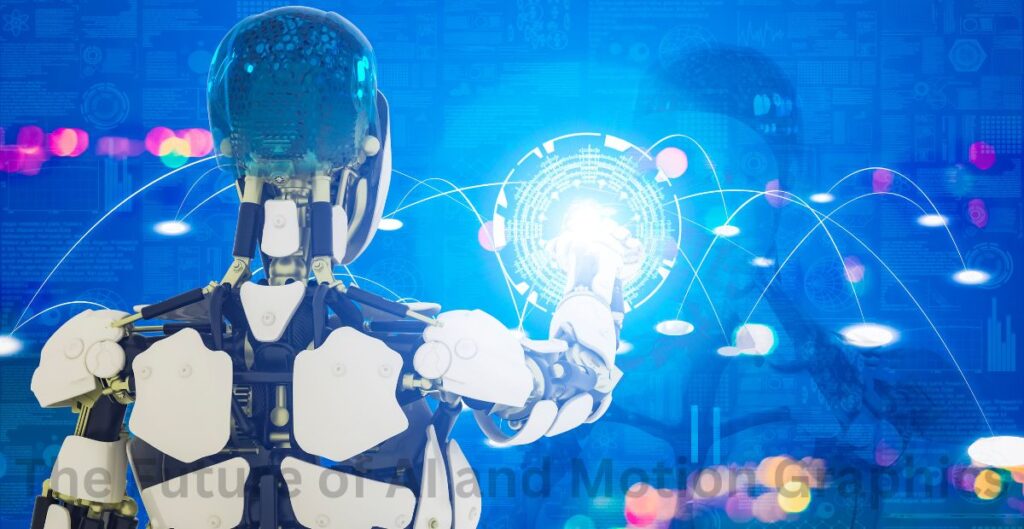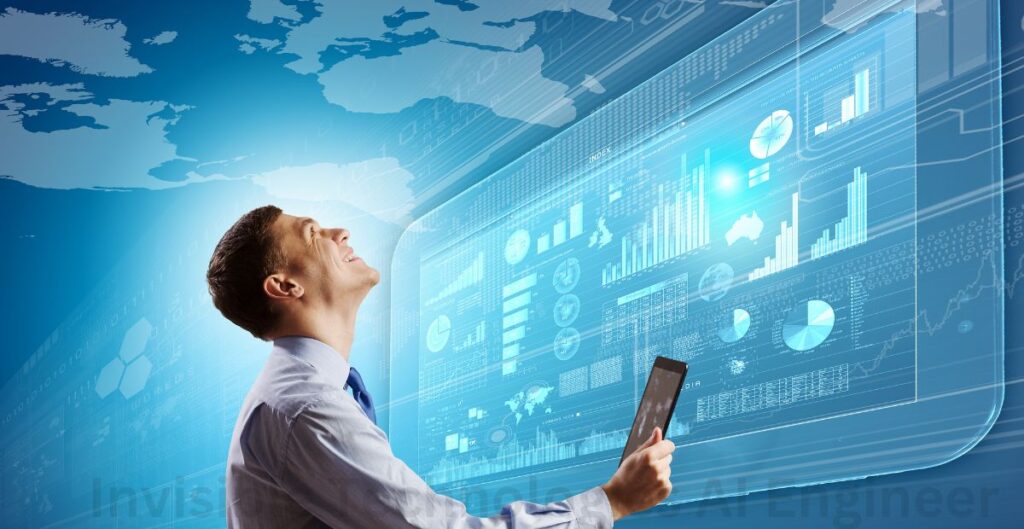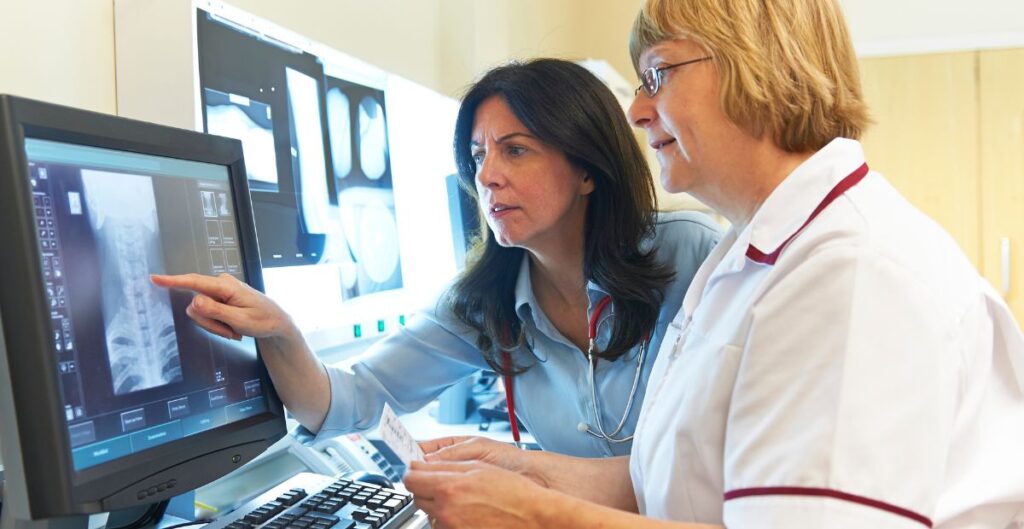Security has changed a lot in recent years. Cameras used to just record what was happening. Now, with machine learning and facial recognition, security systems can actually understand what they see. These systems are smart, fast, and can even help stop danger before it happens. Let’s explore how these powerful tools are making our world safer in schools, cities, stores, and more.
- Introduction – The Shift Towards Smart Surveillance
- Core Technologies Powering AI Surveillance
- Key Benefits of ML-Powered Security Systems
- Practical Applications of Facial Recognition and ML in Security
- Addressing the Concerns: Ethics and Limitations
- Future of Machine Learning-Based Security Systems
- Final Thoughts – The Road Ahead for AI in Surveillance
- Q&A – Frequently Asked Questions
Introduction – The Shift Towards Smart Surveillance
Imagine a camera that not only sees but also thinks. That’s the power behind machine learning facial recognition security and surveillance systems. Today, security isn’t just about locks and guards; it’s about smart machines that can recognize faces, detect danger, and even alert us in real time.
From airports to schools, and shopping malls to city streets, these intelligent systems are changing how we keep places safe. Using artificial intelligence (AI), computers can now understand what’s happening in a video, notice something unusual, and help stop problems before they happen.
In this article, we’ll explore how machine learning and facial recognition work together in modern surveillance systems, what makes them so powerful, where they’re being used, and what concerns they raise about privacy and fairness.
Traditional Security vs. Intelligent Surveillance
Old security systems just recorded video. If something went wrong, someone had to go back and watch the footage. That takes time. Now, machine learning facial recognition security and surveillance systems can spot problems right away. If a person is in a restricted area, the camera can send an alert instantly. This real-time threat detection saves time and can even save lives.
What is Machine Learning in Security Systems?
Machine learning is like giving a brain to a computer. It allows the system to recognize faces, detect motion, or even understand crowd behavior. These systems learn from patterns. Over time, they become better at spotting unusual behavior, like someone acting nervous in a store or trying to break into a building.
Rise of Facial Recognition in Surveillance Technology
Facial recognition is the part that helps cameras know who someone is. It maps features like the shape of your eyes, nose, and mouth. This technology is now used in phones, airports, and even stores to improve both security and customer service.
Core Technologies Powering AI Surveillance
Role of Machine Learning Algorithms in Surveillance
Machine learning algorithms are like sets of instructions. They help the system know what to look for. For example, they can teach a camera how to tell the difference between a person and a tree. They also help spot patterns, like when someone is walking in circles or trying to hide their face.
Facial Recognition Technology Explained
Facial recognition is used in many places today. It’s used to unlock phones, track people at concerts, or check who is entering a secure building. These systems are fast and accurate, especially when trained with deep learning security models.
How Facial Biometrics Work
Biometrics means using your body’s unique features, like your face, to identify you. Cameras scan your face and compare it to stored images. If they match, you are allowed in. This is often used in access control systems in airports and government buildings.
Accuracy and Real-World Use Cases
Facial recognition systems are very accurate today. In cities like New York and Los Angeles, they help police find missing persons or track suspects. In schools, they can alert staff if someone unknown enters.
Deep Learning and Computer Vision in Action
Deep learning helps cameras understand images better. It’s like giving the camera better “eyes” and a smarter “brain.” With this, they can detect things like smoke, fire, or suspicious movements even in large crowds.
Machine Learning, Facial Recognition, Security, and Surveillance Systems PPT
If you’re making a school project or presentation, you can explain that these systems use artificial intelligence to recognize faces and spot danger faster than humans. You can include real-time face tracking and show how AI-powered monitoring systems work in shopping malls or smart cities.
Key Benefits of ML-Powered Security Systems
Real-Time Threat Detection and Prevention
One of the biggest benefits is speed. AI systems can act right away. If someone jumps a fence, the system alerts security in seconds. That’s faster than any human could react by watching a screen.
Enhanced Accuracy Compared to Human Monitoring
Humans make mistakes, especially when tired. AI systems work 24/7 and don’t get sleepy. They’re trained to spot even small changes in behavior or motion.
Seamless Scalability Across Multiple Locations
You can use the same AI system in many places at once. A school district, for example, can monitor all its campuses from one control center.
Faster Response Times with Predictive Analytics
AI doesn’t just react. It can predict. If someone is acting strangely, it can send a warning before anything bad happens. This is called predictive analytics.
Cost-Effective and Automated Monitoring
Instead of hiring many guards, a company can use fewer people and smarter technology. This saves money while improving safety.
Practical Applications of Facial Recognition and ML in Security
Access Control in Corporate and Government Spaces
Companies and government buildings use face detection technology to let the right people in and keep strangers out. It replaces ID cards or keys.
Crime Prevention and Law Enforcement Assistance
Police departments use these tools to track suspects or find missing kids. It also helps in crowd monitoring during big events.
Smart City Surveillance and Infrastructure
Cities use traffic surveillance AI to manage traffic and find accidents fast. Smart surveillance helps make cities cleaner, safer, and more organized.
Retail and Banking Sector Monitoring
Stores use AI to catch shoplifters. Banks use it to watch for people acting strangely, like nervous customers or someone trying to use stolen cards.
Surveillance in Stadiums, Events, and High-Risk Zones
At concerts and sports games, facial recognition cameras scan the crowd for known troublemakers or people on watchlists.
Emergency Data Extraction and Incident Management
In a fire or natural disaster, AI systems can quickly send video clips to emergency teams, showing exactly where the danger is.
Addressing the Concerns: Ethics and Limitations
Privacy Concerns and Data Security Risks
Facial recognition systems collect a lot of personal data. That’s why rules and encryption are important. People have a right to know how their data is used.
Algorithmic Bias and Fairness Issues
Sometimes, AI systems make mistakes, especially with people of different skin tones. It’s important to train the system fairly with many types of faces.
Legal and Regulatory Frameworks
Many states in the U.S. are making laws about how these systems can be used. The goal is to keep people safe without invading privacy.
Ensuring Ethical and Responsible AI Deployment
Companies and cities must use AI responsibly. That means being clear about where it’s used and protecting people’s information.
Future of Machine Learning-Based Security Systems
Integration with IoT and Edge Devices
Soon, these systems will work with smart home devices like doorbells, lights, and alarms. This is called IoT (Internet of Things).
Emotion and Behavior Detection in Surveillance
Future systems might even spot emotions, like fear or anger, to help prevent problems before they start.
AI-Driven Autonomous Surveillance Drones
Drones may soon fly over events or borders, using cameras to watch from above. They can work with AI to monitor large areas with no human control.
What’s Next for Facial Recognition in AI Security?
Facial recognition will get even faster and better. But it must always be used fairly and with care.
Final Thoughts – The Road Ahead for AI in Surveillance
Summary of Advantages and Potential
Machine learning and facial recognition are changing how we stay safe. From schools to cities, these systems help us react fast, save time, and protect people.
Responsible Use of Surveillance Technology
The key is balance. Smart security should help us without taking away our privacy. With rules and good planning, AI can be a powerful tool for good.
Q&A – Frequently Asked Questions
What is facial recognition used for in surveillance?
Facial recognition helps spot and identify people in real-time. It’s used in airports, schools, offices, and streets to keep people safe and stop crime.
How does machine learning help in facial recognition?
Machine learning teaches computers to “learn” faces just like people do. It helps cameras recognize faces by seeing patterns like your eyes and nose.
What is the use of AI in security and surveillance?
AI helps cameras do more than record. It can follow movement, detect danger, and recognize faces, without someone watching all the time.
Which AI techniques are used for facial recognition?
Facial recognition often uses deep learning and computer vision. These help systems scan and understand faces, even in large crowds.
Is facial recognition secure and private?
It can be, if used correctly. Systems must protect data and follow rules to keep people’s faces and information safe.
Can AI face detection work in real-time?
Yes. Modern AI can detect and recognize faces as people walk by, helping respond to danger quickly.
